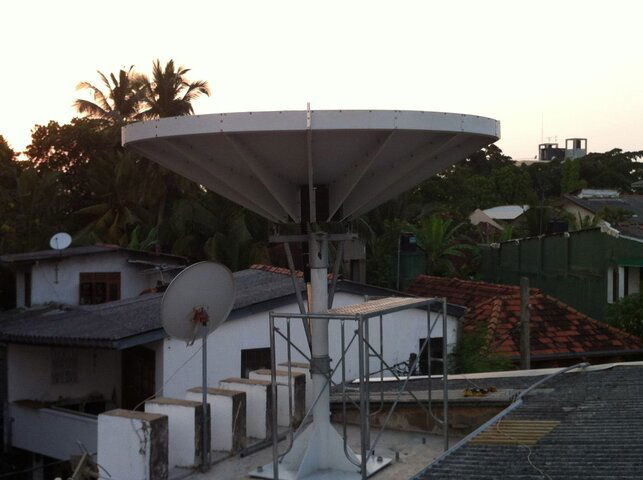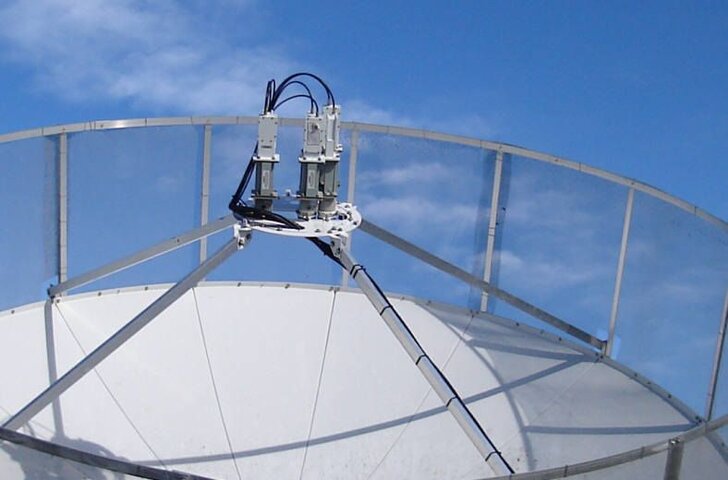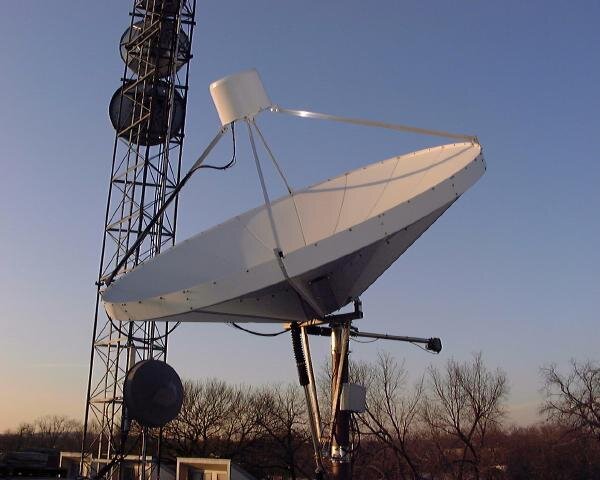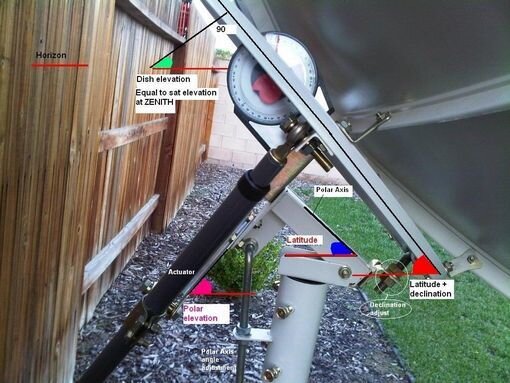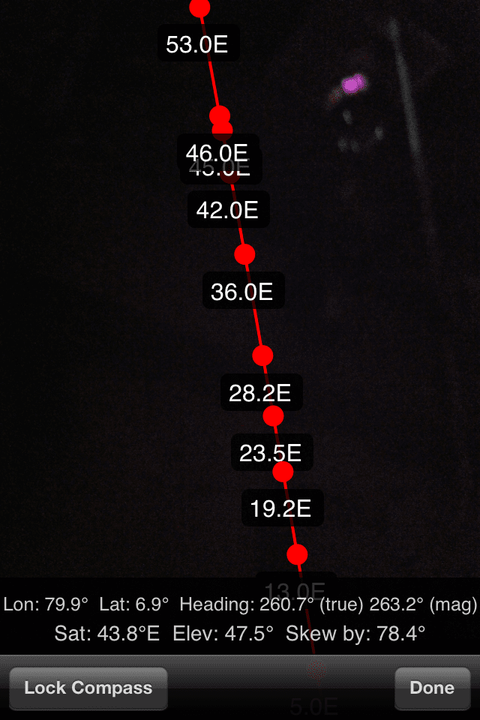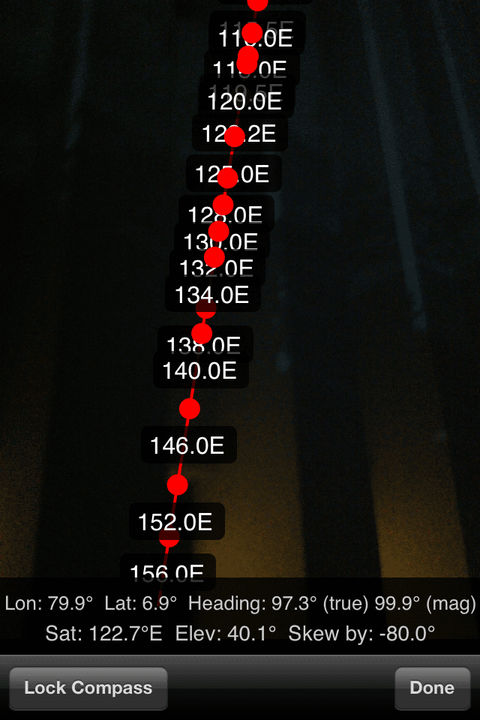do I really have to adjust skew angle for each satellite?
For optimum performance, Yes. Although you could probably fudge until it degraded too much. Don't know how much of the arc that would 'cover' but guess maybe somewhere between 5 and 10 satellites (10 to 20° of the arc) before an adjustment were absolutely necessary. (Just a guess)
Could put your location in at dishpointer.com and read what the skew is for different satellites across the arc.
Think you'll see polarity is skewed as you move across the arc (but polarity remains 90° to one another).
Think the 'allowance' you could fudge the skew will change with each satellite. This because of the relative strength of the transponder of interest and also if there's any transponder on the opposite polarity and if somethings on an adjacent satellite.
Huh? Please explain.
Polarity is either vertical or horizontal.
You shift the probe in the feed 90° or
select another probe that's 90° offset from the other.
A polar mount only requires 1 actuator and automatically adjusts the skew. AzEl requires some other means of adjusting skew.
Polarity is selected by the receiver LNB voltage (LNBF or ortho [with it's LNB's 90° to each other] and multiswitch) or
by a servo on a polarotor(mechanical movement of the probe)
Here's a picture of a proper polar mount, where the difference between the polar angle(the Latitude angle) and that of the dishes face(or mount ring) would incorporate that 7 degrees. It's the difference between the two. The declination. Declination changes with Latitude.
This picture is with the dish looking 'true south'.
In conclusion: think it would be worth a bit of work now to do a polar mount for a couple of reasons. Less to break down, 'down the road', (Only one actuator) and ease of operation.(No need to somehow adjust skew)
Hope that didn't ramble so much it confused.


